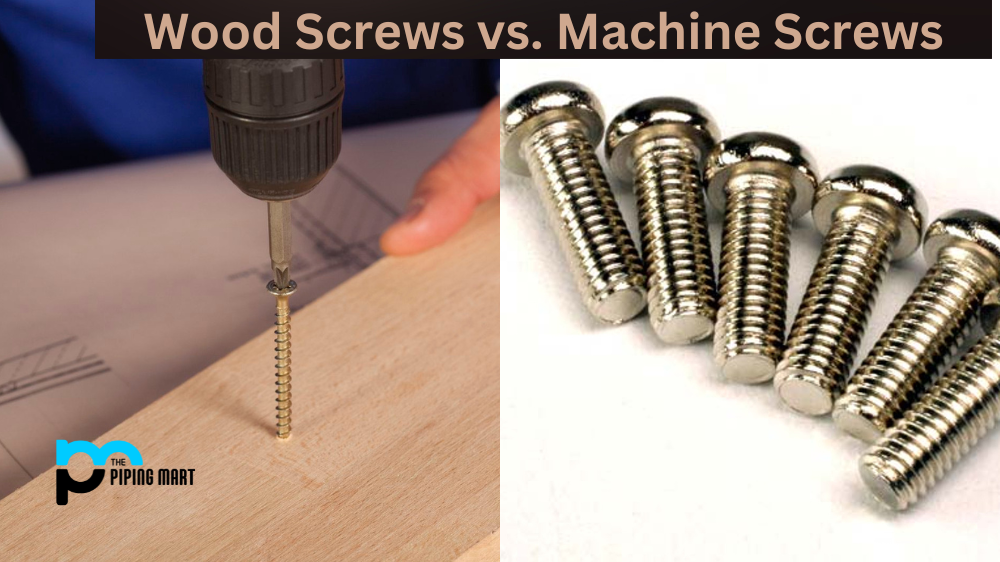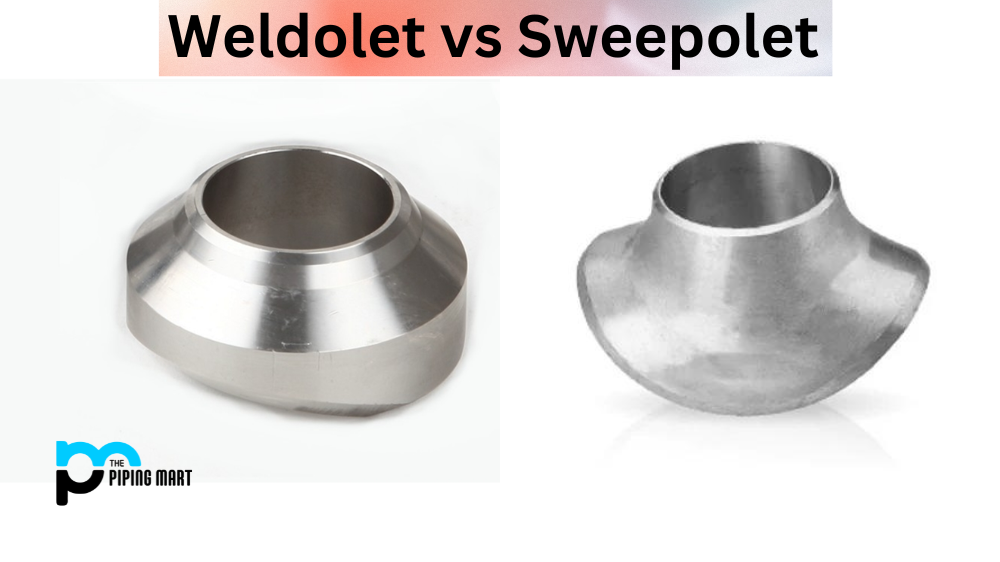Have you ever found yourself in the middle of a home improvement project and wondered what type of screw would be best to use? It can be confusing, but the truth is that there are two main types of screws—wood screws and machine screws. Let’s take a closer look at some of the differences between them so you can make an informed decision about which one is best for your needs.
Wood Screws
Wood screws are threaded fasteners typically used in woodworking applications. They feature sharp “V”-shaped threads along their entire length, as well as an unthreaded shank toward the tip. This allows them to securely grip wood without splitting it or stripping it out when tightened. The most common sizes for wood screws range from #4 to #14, with larger sizes available for more specialized applications.
Machine Screws
Machine screws are also threaded fasteners, but they differ from wood screws in that they have a fully-threaded shaft and round heads with a slot or Phillips drive. This makes them ideal for applications where uniformity and strength are necessary, such as securing metal parts together or attaching components to machines or other objects. Machine screws come in sizes ranging from #2 to #14 and are available in a variety of materials, including steel, brass, stainless steel, and aluminium.
Differences Between Wood screws and Machine screws
- Wood screws are made of softer metals, such as brass, bronze, or copper. Machine screws are made of harder metals, such as steel or stainless steel
- Wood screws have a tapered shaft that allows them to be driven into the wood without splitting it. Machine screws have a cylindrical shaft that is threaded all the way up its length.
- Wood screws are typically used to fasten two pieces of wood together. Machine screws are used to fasten metal parts together or to fasten metal parts to wood.
- The head of a wood screw is typically larger than the body of the screw, making it easier to grip with a screwdriver. The head of a machine screw is typically smaller than the body of the screw, making it more difficult to grip with a screwdriver.
- Wood screws are usually installed with a pilot hole drilled first, while machine screws can be installed without a pilot hole.
- Wood screws are typically removed by unscrewing them with a screwdriver. Machine screws are typically removed by unscrewing them with a wrench or pliers.
- Wood screws are available in a variety of lengths and diameters. Machine screws are available in a variety of lengths and diameters, but they are typically smaller than wood screws.
- Wood screws are typically less expensive than machine screws.
Conclusion:
When it comes to choosing between wood screws and machine screws, it is important to understand their respective strengths and weaknesses. Wood screws provide excellent holding power while resisting splitting or stripping out in wooden applications, whereas machine screws offer increased strength due to their fully-threaded design and wide range of materials from which they can be made. Ultimately, understanding how each type of screw works will help you decide which one is best suited for your specific application!
Sakshee is a talented blogger, with a particular focus on the Business and Metal Industry. She is passionate about sharing her insights on various metal products and helping professionals to make a better decisions.




